Welcome again, friends. Let us pick up where I left off yesterday, from the farmers market over to the pollinator pasture just down the road and around a bend.
I could probably rant for hours and pages and pages about the pollinator pasture and Border Free Bees, but I will attempt to keep it short... They are all just so awesome I can hardly contain myself.
Border Free Bees is a lovely organization fighting to protect our wild pollinators in British Columbia, and perhaps beyond. There are over 800 species of wild bees in Canada alone! None of which produce honey, and whom mostly nest in the ground. Along with butterflies and other bugs, they pollinator our delicious fruit and veggie crops, as well as all sorts of wild and cultivated flowers, and so are important to the diversity of our ecosystem as well as our economies and tastebuds.

You can learn a lot more about Border Free Bees and pollinators HERE!!
The awesome work that Border Free Bees is doing is very important, and needed. Plus, they are a bunch of really nice and cool people who run it too! I have been volunteering with Border Free Bees and the pollinator pasture for about 2 years now at various lectures, workshops and work-days. This Saturday was one such day, my first chance to catch up with them all and see how our pollinator pasture is doing this year. It was a good couple hours of heave ho and socializing with some cool people!
I basically just shoveled a whole lot of dirt and chatted about new energy and community design with people from the Avalon Alliance.... and ran off to take some pictures! I think next weekend I will be coming back to the pasture to harvest some wild goodies and probably sit a while and observe the pasture.
Anyways, without further ado, let us see the Pollinator Pasture:
What you see here is Nancy Holmes (one of the founders of this project) and the bug hotel! It is a fabulous example of a hotel for bugs, and I hope I can build one soon myself, just probably not as fancy.
There are all sorts of things inside the insect hotel, from sticks to pine cones to tube to organic cotton fluff. A perfect home for bugs of all sorts and kinds, including bees! If you look closely at one of these logs, you can see where the mason bees made little holes to seal their eggs inside last fall. I wonder, have they come out yet?
Lets take a quick look at this infographic that exists on the back of the insect hotel.... There is a lot to learn! Check out the Border Free Bees webpage to learn more, they have tons of good information.
Whew, what a good load of information, I hope you learnt something new!!! After I snapped these pics I shoveled some more soil, had lunch, and then ran off into the forest area like a mad woman to explore and see what the plants were up to.
If you haven't noticed, I am totally obsessed with plants! I can't get enough of them. They are my bestest of friends and wisest of teachers (plus I eat them??? an odd relationship, but they feed me willingly).
Its starting to look a lot like spring down here in the city! The trees are looking green, the oregon grape is flowering, and the grass is growing tall. Up on our mountain, things are not so far along yet, so this is sort of like a really refreshing teaser!
I am thinking of trying to make an oregon grape flower essence, probably to give away or trade with friends. Supposedly, this flower helps you overcome social projections, feeling inferior or believing your worth is what others think of you, among other things like co-dependence.
I have no experience making flower essences, but I would like to try. Oregon grape is a strong and slightly bitter plant that grows a lot around here in this desert area. I wonder what planet rules this tough and spiky perennial?
Ahh, stinging nettle. You may seem unfriendly, but you just are the gatekeeper. Those who pass your test are deeply rewarded with an incredibly nutrient rich and nourishing plant friend! I love stinging nettle, but I do not love the taste, which prevents me from drinking enough of its tea.
I still have a whole bag full from last year! I better give it away so I can experience the painful, yet enjoyable challenge of harvesting this plant.... just not as much as last year. I think these guys will be tall enough to take a couple snippets by next week, and by mid may the lone patch on the mountainside should also be mature (but not too mature) for harvesting, just over a couple hills.
A view of the pollinator pasture from the far side. We still have a lot of work to do! I can't wait to see this place flourish with wildflowers and other perennials, perhaps even a tree or two.
Oh, my good friends yarrow and dandelion! These are two 'weeds' that really are just really persistent friends, especially the dandelion. Trust me, she just wants to help you, but she is a bit of a stalker. AHaha
I think my main mission in these next few weeks will to be find a good dandelion field, perhaps this very field, and dig up some of the roots for a spring tonic. This is one herb I really can't get enough of. If you cut the roots up and roast them, they make an excellent earthy 'coffee' substitute and tea, especially if you mix them with something else. Dandelion has sooo many uses and effects, that is why it is so persistant, but I mainly want it to help my digestion and help me transition from winter foods to summer foods (and I am not even mentioning the uses of leaves, in salads, or the flowers, in juice or tea).
Yarrow too, has so many uses. I like to use the leaves in salads, and the flowers in potpourri. However, there is a lot more you can do with it, like stop bleeding and preventing infections on wounds!
I also found this beautiful Arrowleaf Balsamroot on the side of a dusty hill. This plant is a bit of a stranger to me, but since I climbed up to meet them I think we have become aquainted. This plant is a drought-tolerant native, and with lots of showy flowers too. Apparently, you can eat the stem, the seeds and the root when cooked. What a lovely new friend! Not to mention balsamroot has medicinal properties as well, sort of like echinacia, in that it promotes over-all good health, among many other uses.
I am glad I made a friend with this plant, although not good enough friends to feel like I should harvest any yet. I will keep my eye out for more regardless, to socialize. Learn more HERE.
This is the end of my time at the Pollinator Pasture, and I had a lot of fun! I hope you did too, through the magic of the internet. Afterwards, I zipped over to the fair vote BC protest and then the Permaculture Food Forest for another work party. Do stay tuned for those adventures.... there is only so much a girl can write in a day (in between planting and pruning and making and fixing)..... And only so much writing I can get done in between swatting away giant mosquitoes!
Have a lovely day and enriching life <3

If you enjoyed this post, do not fret, there is more! Check out these links for more recent and quality posts from @skycae!











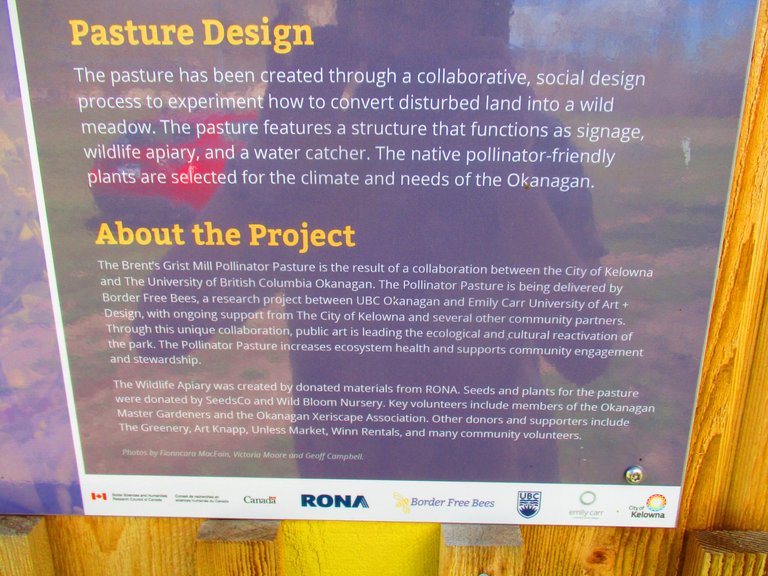

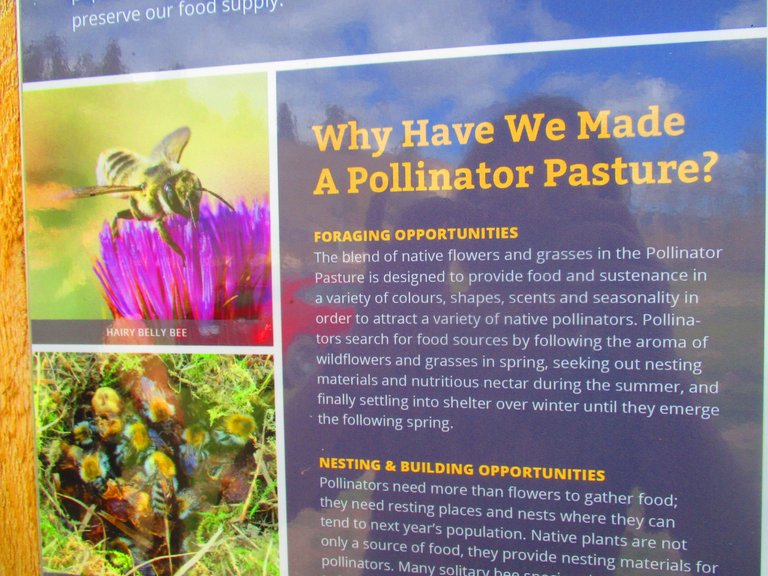




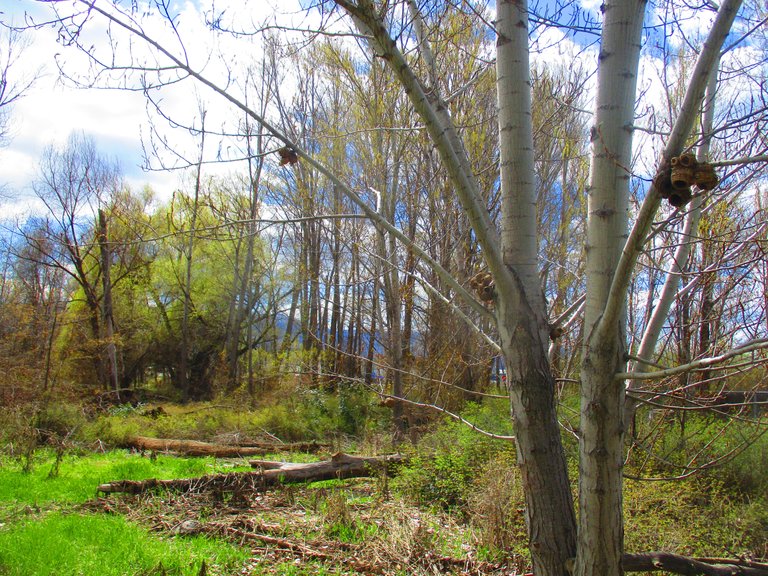
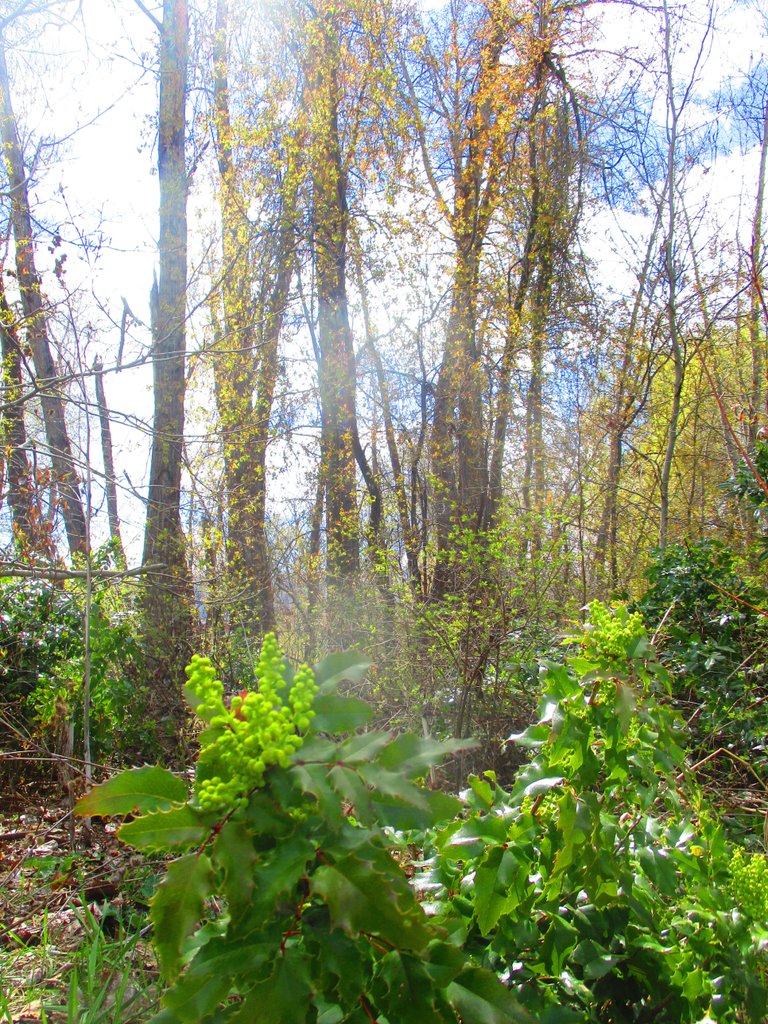

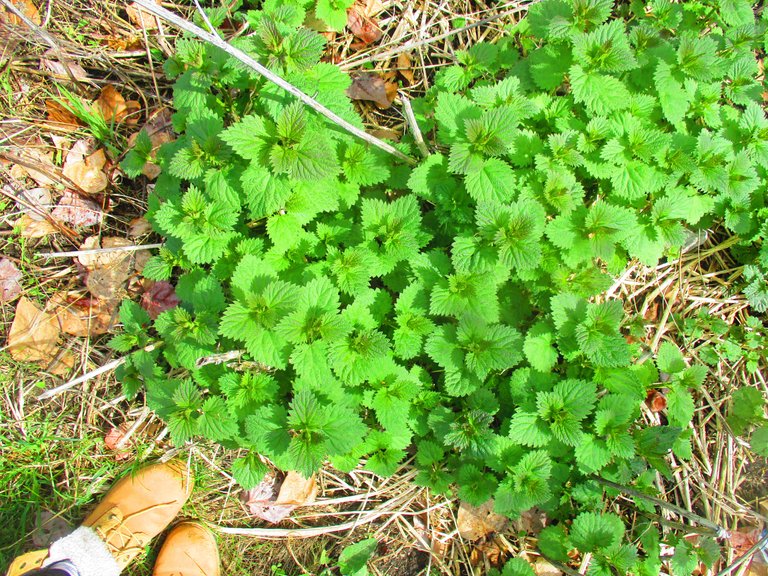

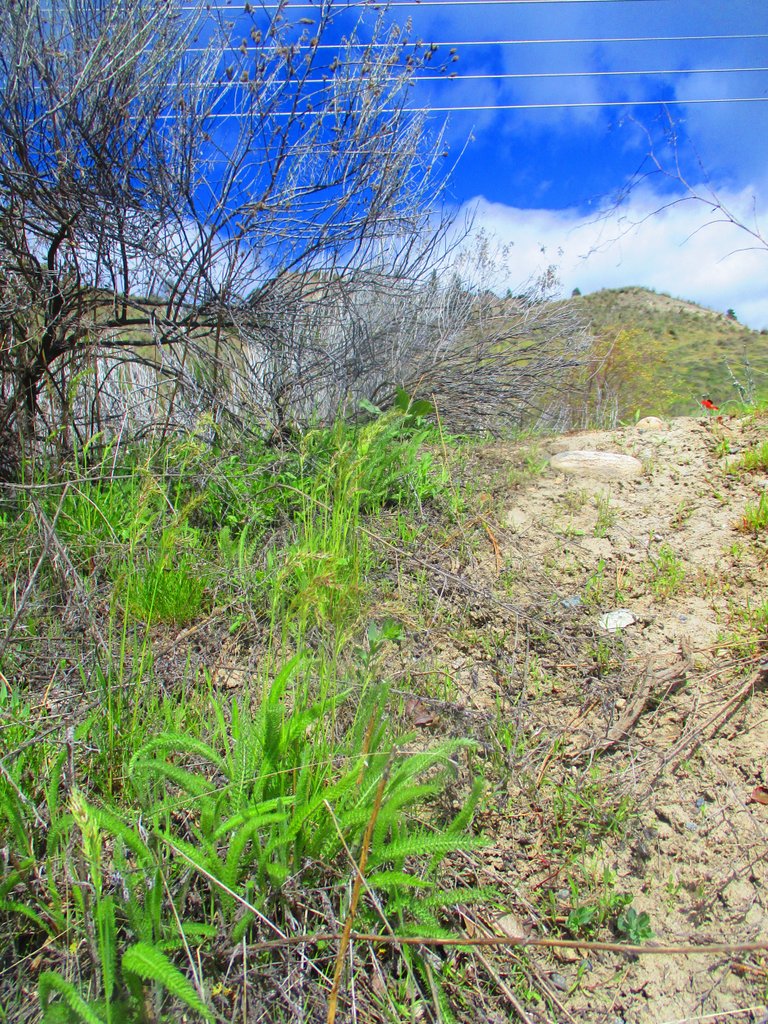



Whaaa! This is So Awesome!! I love it all, plus I adore bees. It's so green there now .. amazing!!!!
Love this post so much. PS. I love the upgoat footer .. i need one. :) :P
That pollenator pasture is so needed, especially since here in the States big ag keeps spraying death everywhere and putting its fingers in its ears. So infuriating!
I love how you talk about your plant friends! 💙
Such a wonderful idea. Hands on and educational, I love it. It's great to see there are areas that are concerned about the bee population that they're actually doing something about it.
Looks like you had a wonderful time.
Are some bees endangered globally? Love what you are doing here, these photos, didn't know there were so many bees, like you said, some bees are honey bees and some are not honey bees and do other things. Do all bees have stings and where do you draw the line between bees and flies?